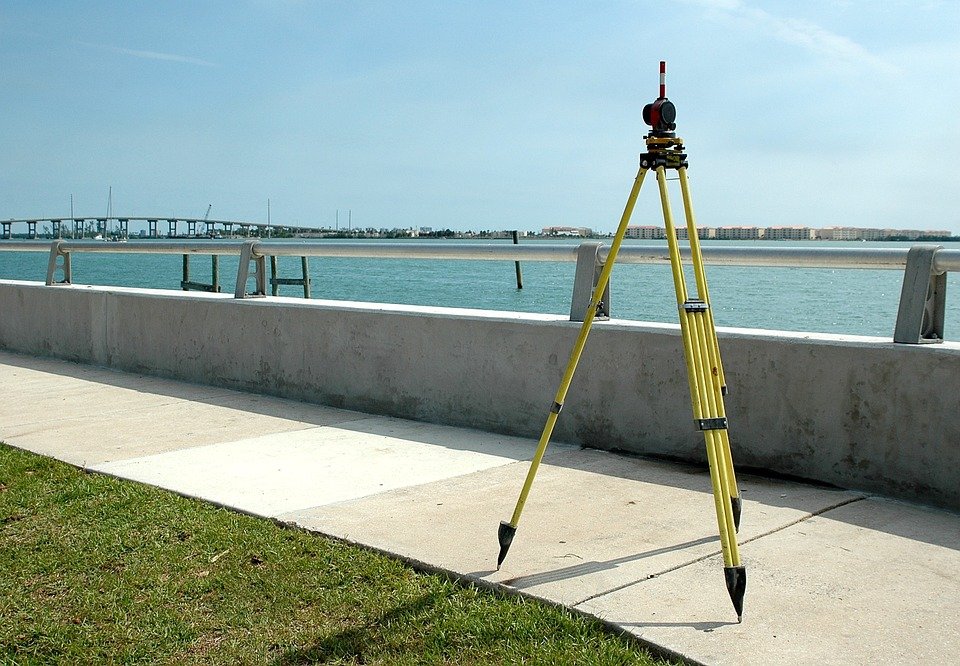[ad_1]
Unlocking the Potential of GIS: A Guide to Getting Started
Geographic Information Systems (GIS) is a powerful tool for visualizing, analyzing, and managing geographic data and information. GIS has the potential to revolutionize how people interact with their environment, allowing them to explore, analyze, and understand geographic patterns, trends, and relationships. However, many organizations and individuals struggle to unlock the potential of GIS and get the most out of their data. This guide provides an overview of the basics of GIS and offers tips for getting started.
What is GIS?
GIS is a system of tools and methods that allows people to capture, store, manipulate, analyze, manage, and present geographic data. GIS enables users to visualize, explore, and understand the relationships between geographic features and the physical and social environment. GIS can be used to identify patterns, trends, and relationships in data that may not be visible to the naked eye.
Types of GIS Data
GIS data comes in many forms, including aerial photography, satellite imagery, census data, and digital elevation models. GIS also uses vector data, which is composed of points, lines, and polygons that represent geographical features such as roads, rivers, and buildings. Vector data is often used to create maps and other visualizations.
Choosing the Right GIS Software
When getting started with GIS, it is important to choose the right software for the task at hand. There are a variety of GIS software packages available, including open-source and commercial applications. Popular open-source GIS software includes QGIS, GRASS GIS, and OpenJUMP, while popular commercial GIS software includes ArcGIS, MapInfo, and Global Mapper.
Learning GIS
GIS can be complex, and it is important to spend time learning the basics before diving in. Fortunately, there are numerous resources available to help users learn GIS, including online tutorials, courses, and books. It is also useful to attend GIS conferences and workshops to get a better understanding of the technology and network with other GIS professionals.
Integrating GIS with Other Technologies
GIS can be integrated with other technologies, such as remote sensing, global positioning systems (GPS), and geographic databases. This allows users to analyze, visualize, and manage spatial data in more powerful ways. For example, GIS can be integrated with GPS to create real-time location services, or it can be integrated with remote sensing to create detailed land-use maps.
Unlocking the Potential of GIS
GIS has the potential to revolutionize how people interact with their environment, and it is important to take the time to understand the basics before getting started. By choosing the right GIS software, learning the fundamentals, and integrating GIS with other technologies, organizations and individuals can unlock the potential of GIS and get the most out of their data.
[ad_2]


